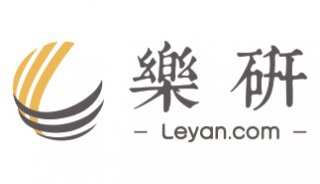Biosynthesis of Cysteine from serine in bacteria and plants

In animals cysteine is synthesized from homocysteine, a produce of the essential amino acid methionine. In the absence of dietary methionine, animals cannot make cysteine. Bacteria and plants however produce cysteine by a different biosynthetic route. The sulfur used to produce cysteine originates from inorganic sulfur taken up from the environment as sulfate. The inorganic sulfur in sulfate is activated by forming a sulfated ADP analog, PAPS. The sulfur is reduced and released to form sulfite and further reduced to form sulfide (S2-). The carbon backbone in cysteine is derived from serine. Serine is activated through acetylation by serine acetyltransferase. The acetyl group is then exchanged with a sulfur from sulfide to create cysteine. From cysteine other sulfur containing molecules are synthesized, including methionine.Since cysteine is an essential amino acid, manipulation of cysteine content in transgenic plants may be a valuable means of increasing the nutritional content of agricultural plants. Manipulation of enzymes such as serine acetyltransferase may provide one strategy to do this. In a related experiment, bacterial genes for cysteine biosynthesis were engineered into sheep in an attempt to improve wool production.
Contributor:
REFERENCES: Bawden, C.S., et al. (1995) Expression of bacterial cysteine biosynthesis genes in transgenic mice and sheep: toward a new in vivo amino acid biosynthesis pathway and improved wool growth. Transgenic Res 4(2), 87-104 Harms, K. et al. (2000) Expression of a bacterial serine acetyltransferase in transgenic potato plants leads to increased levels of cysteine and glutathione. Plant J 22(4), 335-43 Hofgen, R. et al. (2001) Manipulation of thiol contents in plants. Amino Acids 20(3), 291-9


















